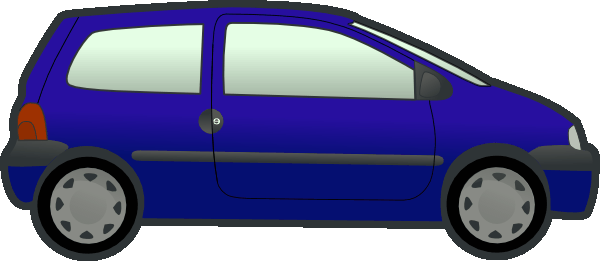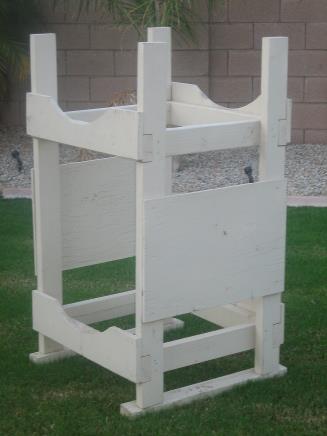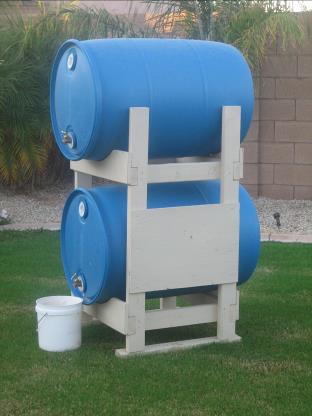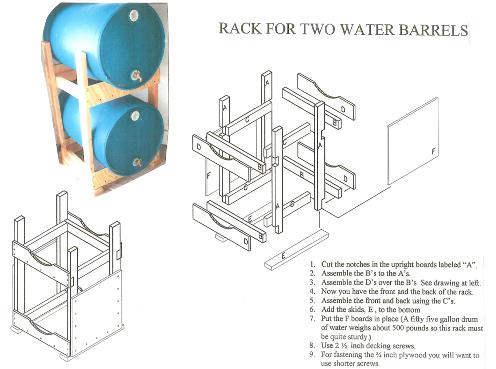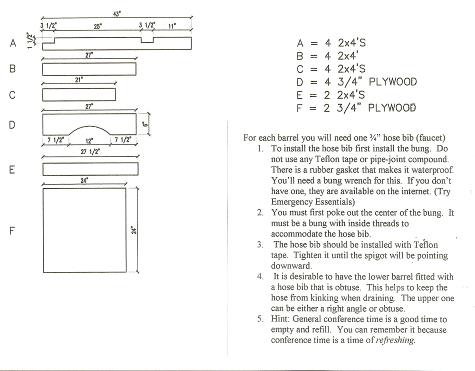Dear East Bench/Foothill residents.
We are seeking to increase the number of licensed amateur (ham) radio operators here on the East Bench and Foothill area. Ham operators are a critical component in our ability to community with city officials and emergency responders during a disaster. If we can talk with them when cell phone, land-lines, and Internet are down, we will be able to get help to arrive to the area more quickly.
IF YOU ARE INTERESTED IN BECOMING A LICENSED HAM, OR HAVE QUESTIONS, PLEASE EMAIL alexis@kruel.cc
If you've ever considered becoming an amateur radio technician, now's the time. Radios are now the size of a walky-talky, you don't need to learn Morse Code, and learning can be done online, through books, and self-study.
There are a few of us who have indicated interest in getting licensed this year - it does require a license from the FCC which is obtained after passing an exam - and we welcome you to join us. We plan to have a question/answer session this fall with our ham radio leaders to help us with any concepts that may seem unclear.
There are two exam sessions scheduled this year in SLC at the SL County Complex. One is on October 4th, the other on December 6th. It would be fantastic if everyone interested could sit for the exam by the end of the year. Here's where you can find the exam schedule http://www.arrl.org/find-an-amateur-radio-license-exam-session. Some people study solely from manuals or online and attend a testing session to obtain their license. Here is a schedule of many of the test sessions locally in the coming months: http://www.xmission.com/~uarc/testinfo.html . If you go the self study route, as many of us will, you would need to check if the session you choose would be open or allows only class participants to test.
Below is all of the info you need to get started...
Getting Started with Ham Radio
1. Understand the basics of ham radio.
2. Prepare for the exam
Find a class to attend or study online
Check out The ARRL Ham Radio License Manual from the library or buy your own copy or take the study course online (more expensive).
If you are already have a good background with electronics, you could probably review the FCC rules and regulations that apply to Amateur Radio and pass the test without a class. Download the question pools to ensure your knowledge is adequate.
3. Take online practice tests (you will first test for the lowest level of Technician, but can take exams for General and Extra Class licenses; select the appropriate level from the links)
4. Schedule and take the real exam.
5. Set up a station.
6. Get on the air and get involved by networking with other ham radio operators in the community.
"Technician" is the entry-level license by the FCC as an amateur radio operator, "General" is next, and "Extra" is highest. The pool of questions changes every four years for the Technician level exam, and the newest manuals are available now for the 2014 - 2018 exams.
There are two manuals published for the Technician level:
* The ARRL Technician Class License Manual (http://www.arrl.org/shop/Ham-Radio-License-Manual-3rd-Edition/) and
* The manual by Gordon West (http://www.w5yi.org/catalog_details.php?pid=76&sort=4)
Online Manuals and Practice Tests
* When studying for the Technician exam, some prefer the Gordon West manual, but ARRL has some nice help online at http://www.arrl.org/ham-radio-license-manual.
* This online practice exam is also highly recommended: http://www.hamradiolicenseexam.com/index.html
* You can preview and practice online for free (e.g., http://www.dxzone.com/cgi-bin/dir/jump2.cgi?ID=5626 and http://www.dxzone.com/cgi-bin/dir/jump2.cgi?ID=19673), although you don't get personalized tracking of your scores and weak areas as you would at the subscription site.
* You can see more free sites at: http://www.dxzone.com/catalog/Ham_Radio/Exams/Exam_Practice/
* And another practice test here http://qrz.com/hamtest/?op=start&t=t2014
* There are also several ham radio study/test apps available for your cell phone or tablet. Take it on the go!
General information about obtaining a license in amateur radio:
* http://www.qrz.com/i/ham-radio-howto.html.
FAQ:
Q: Do you have to know Morse Code to get an Amateur Radio license?
A: NO!
Q: Why is amateur radio helpful in emergencies?
A: When traditional communication methods (landlines, cell phones) fail, ham radio is available.
Q: Is ham radio expensive?
A: It varies just as much as buying a television varies. You could go for a small radio with fewer options or a very expensive unit with all the bells and whistles. When you're licensed there will be many other hams who are willing to give suggestions. A good handheld radio is approximately $140.
What can becoming a ham do for you? During emergencies and everyday life, amateur radio operators can contact family members who are also licensed. Hams provide valuable service to their communities during disasters when the usual modes of communications are not functioning. Hams who participate in clubs or public service events such as Scouting For Food Drive, marathons or parades develop a camaraderie that lasts for years. And ham radio can be just plain fun!
(Many thanks to Susan Smith for much of the content of this email!)


